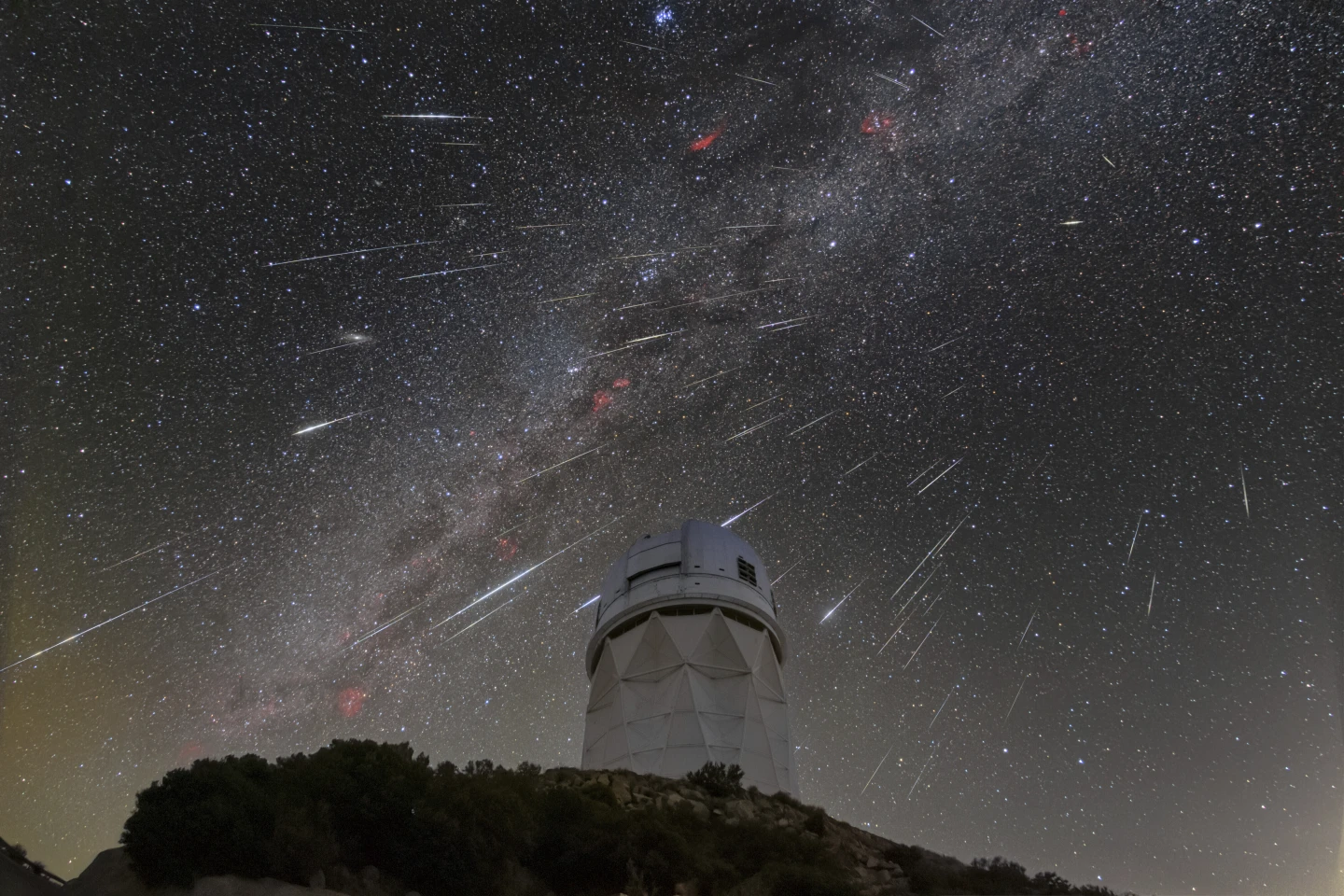The long-held belief that dark energy, the mysterious force accelerating the universe’s expansion, is a constant may be crumbling, The Associated Press reports, citing groundbreaking research from the Dark Energy Spectroscopic Instrument (DESI) collaboration.
This international team of over 900 scientists has published new findings that suggest dark energy’s strength may be changing over time, a discovery that could revolutionize our understanding of the cosmos.
DESI utilizes a telescope in Tucson to map the universe’s 11-billion-year history, tracking the clustering of galaxies to understand cosmic evolution. The resulting three-dimensional map reveals inconsistencies with the current cosmological model, which assumes dark energy is a constant force. Instead, the data suggests dark energy is either weakening or its influence is evolving in a way not previously accounted for.
The new findings build upon earlier results from the collaboration, further strengthening the challenge to the established model. While dark energy is currently theorized to constitute nearly 70% of the universe, its nature remains a profound enigma. The DESI data hints at a possible explanation rooted in Einstein’s general relativity, suggesting the universe’s expansion and galaxy clustering could be behaving differently than initially predicted.
However, scientists emphasize the need for caution. David Spergel, astrophysicist and president of the Simons Foundation, explains that while the implications are significant, more data is required to definitively overturn the existing model. Further analysis of DESI’s data, coupled with observations from other telescopes, will be crucial in the coming years.
The stakes are high. The nature of dark energy directly impacts the universe’s ultimate fate. A constant dark energy implies continued, albeit ever-slower, expansion into a cold, empty future. However, a strengthening dark energy could lead to the “Big Rip,” a catastrophic scenario where the universe expands so rapidly that it tears itself apart.









The latest news in your social feeds
Subscribe to our social media platforms to stay tuned